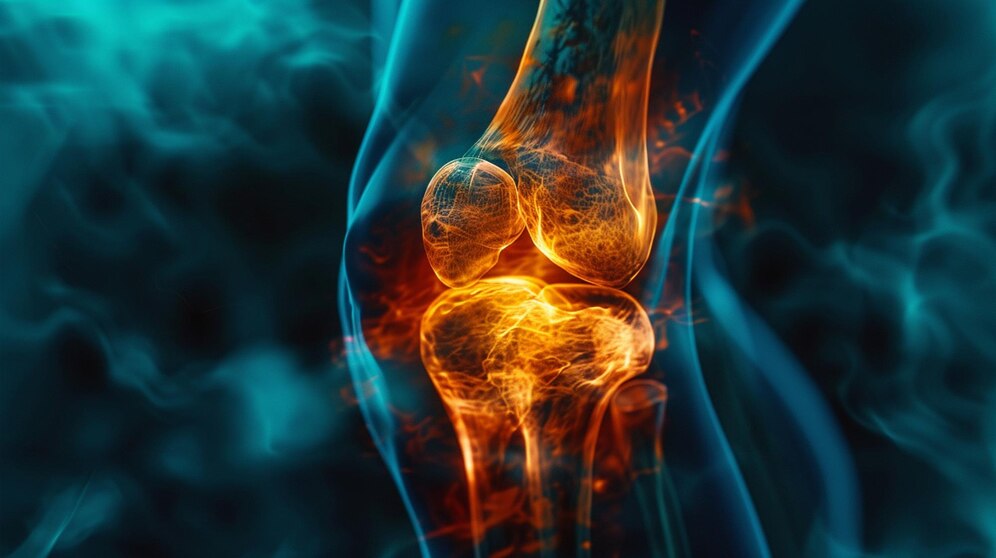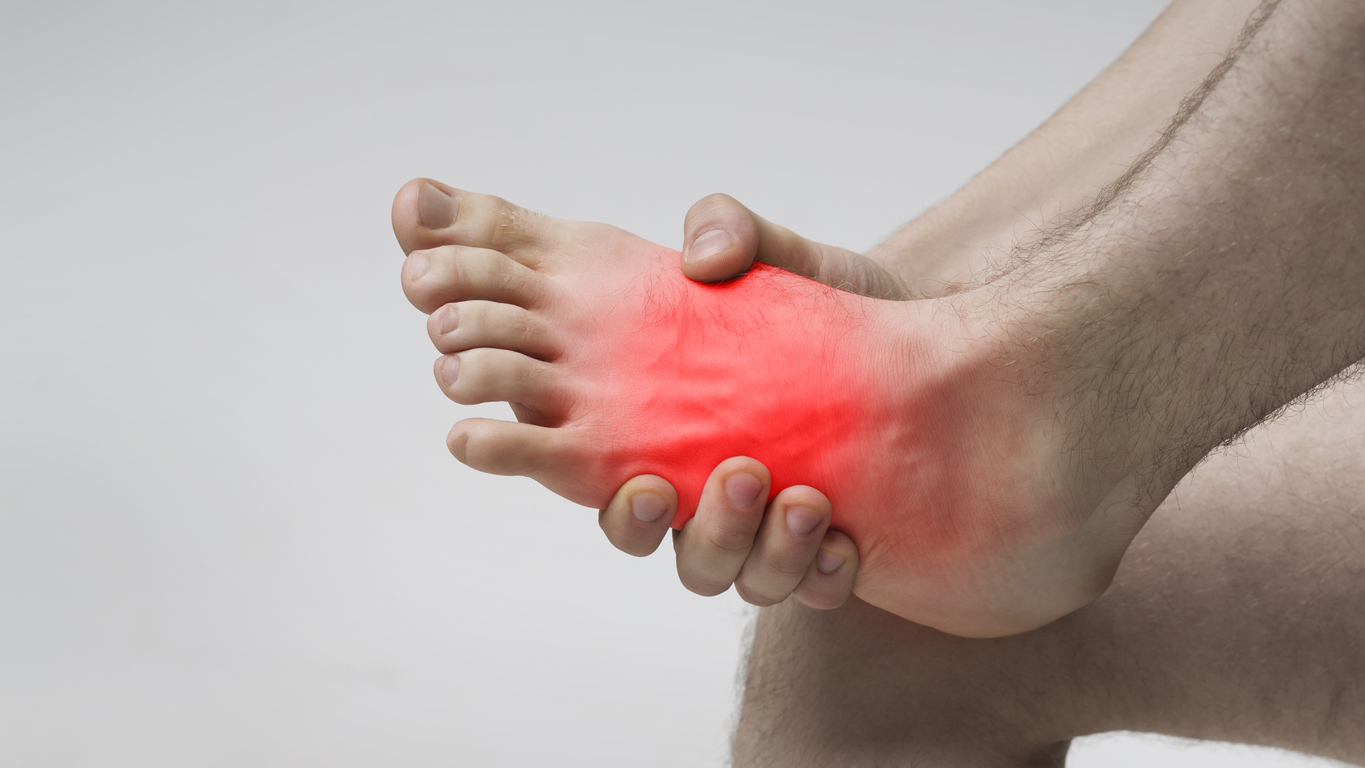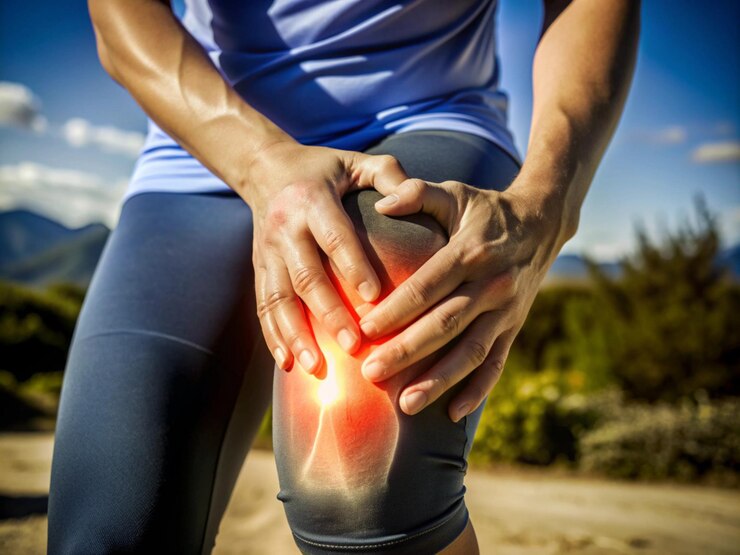
Discover effective exercises for ACL tear without surgery to improve knee strength and stability. Learn detailed routines, including quadriceps and hamstring strengthening, balance training, and more to aid recovery and avoid surgery.
Introduction
When managing an ACL tear without surgery, it is essential to focus on a well-rounded rehabilitation program designed to strengthen the muscles around the knee, improve stability, and enhance overall function. This comprehensive guide explores various exercises and strategies to aid recovery and maintain knee health. Each exercise is chosen to address specific aspects of knee rehabilitation, ensuring a holistic approach to managing ACL injuries.
Understanding ACL Tears and Non-Surgical Rehabilitation
An ACL tear is a common knee injury that can significantly impact daily activities and athletic performance. The anterior cruciate ligament (ACL) is crucial for stabilizing the knee joint, and its injury often leads to instability and pain. Non-surgical rehabilitation focuses on strengthening the surrounding muscles, improving joint stability, and restoring functional movements to help manage symptoms and improve quality of life. By engaging in a structured exercise program, individuals can often achieve satisfactory results and avoid the need for surgical intervention.
Quadriceps Strengthening Exercises
Strengthening the quadriceps is fundamental in ACL rehabilitation. These muscles play a crucial role in stabilizing the knee joint and reducing stress on the ACL. Effective quadriceps exercises include straight leg raises, wall sits, and various resistance-based movements.
Straight Leg Raises: involve lying on your back with one knee bent and the other leg extended. By lifting the straight leg several inches off the ground, you engage the quadriceps while maintaining knee stability. Hold this position for a few seconds before slowly lowering the leg. This exercise strengthens the quadriceps without placing excessive strain on the knee joint.
Wall Sits: are another excellent quadriceps strengthening exercise. To perform a wall sit, slide down a wall until your knees are bent at a 90-degree angle, and hold this position as long as possible. This exercise engages the quadriceps and improves endurance, which is crucial for supporting the knee joint.
Incorporating these exercises into your routine can help build strength and stability in the quadriceps, contributing to better knee function and reduced symptoms of ACL injury.
Hamstring Strengthening Exercises
The hamstrings are crucial in balancing the forces around the knee joint and supporting the ACL. Strengthening these muscles helps protect the knee and improves overall stability. Effective hamstring strengthening exercises include hamstring curls and bridges.
Hamstring Curls: can be performed standing or lying down. While standing, bend one knee to bring your heel towards your buttocks. For a lying variation, position yourself face down and bend your knee to curl your foot towards your glutes. Both exercises effectively target the hamstrings and enhance knee stability.
Bridges: involve lying on your back with your knees bent and feet flat on the floor. Lift your hips towards the ceiling, engaging your glutes and hamstrings. This exercise helps strengthen the posterior chain, which supports the knee joint and contributes to overall lower body strength.
Incorporating these hamstring strengthening exercises into your rehabilitation program can improve muscle balance and reduce stress on the ACL, aiding in recovery and preventing future injuries.

Calf Strengthening Exercises
Strong calves are essential for knee stability and overall lower body function. Strengthening the calves helps support the knee joint and improves functional movements. Effective calf strengthening exercises include calf raises and heel drops.
Calf Raises: involve standing with your feet hip-width apart and lifting your heels off the ground. By raising and lowering your heels in a controlled manner, you engage the calf muscles and enhance strength and stability. Performing this exercise on the edge of a step can increase its effectiveness by allowing a greater range of motion.
Heel Drops: are a variation of calf raises that focus on the eccentric contraction of the calf muscles. To perform heel drops, stand on the edge of a step with your heels hanging off, then slowly lower your heels below the level of the step before raising them back up. This exercise targets the calves and improves flexibility and strength.
Incorporating these calf strengthening exercises into your routine can enhance knee stability and support, contributing to better overall function and recovery from an ACL injury.
Balance and Proprioception Exercises
Improving balance and proprioception is crucial for managing an ACL tear and preventing further injury. Balance and proprioception exercises enhance your ability to maintain stability and respond to changes in movement, which is essential for knee health. Effective exercises include single-leg stands and BOSU ball exercises.
Single-Leg Stands: involve standing on one leg for a specified duration. This exercise challenges your balance and proprioception, helping to improve knee stability and overall coordination. To increase difficulty, perform the exercise with your eyes closed or on an unstable surface.
BOSU Ball Exercises: involve performing various movements on a BOSU ball, such as squats or single-leg stands. The unstable surface of the BOSU ball challenges your balance and proprioception, enhancing knee stability and strengthening the surrounding muscles.
Incorporating balance and proprioception exercises into your rehabilitation program can improve knee stability, reduce the risk of re-injury, and enhance overall functional performance.
Range of Motion Exercises
Maintaining flexibility and range of motion in the knee joint is crucial for managing an ACL tear and supporting recovery. Range of motion exercises help prevent stiffness and improve joint mobility. Effective exercises include heel slides and knee bends.
Heel Slides: involve lying on your back and sliding your heel towards your buttocks while bending your knee. This exercise helps maintain flexibility in the knee joint and improve range of motion. Perform heel slides slowly and gradually increase the range of motion as tolerated.
Knee Bends: are performed while sitting in a chair. Slowly bend your knee as much as possible while keeping your foot flat on the floor, then straighten it back out. This exercise helps maintain joint flexibility and improve overall knee function.
Incorporating range of motion exercises into your routine can help maintain knee flexibility, prevent stiffness, and support recovery from an ACL injury.

Low-Impact Cardio Exercises
Maintaining cardiovascular fitness without placing excessive stress on the knee joint is essential for overall health and recovery. Low-impact cardio exercises provide an effective way to stay active while minimizing strain on the knee. Effective exercises include swimming and stationary biking.
Swimming: offers a full-body workout without stressing the knee joint. The buoyancy of the water reduces impact on the knees while allowing for a wide range of motion and resistance. Swimming can improve cardiovascular fitness, build strength, and support overall recovery.
Stationary Biking: provides a low-impact cardio workout that helps maintain cardiovascular fitness and leg strength. Adjust the resistance level to ensure a comfortable range of motion and avoid excessive strain on the knee joint.
Incorporating low-impact cardio exercises into your rehabilitation program can help maintain cardiovascular fitness, support overall health, and aid in recovery from an ACL injury.
Strengthening the Hip Muscles
Strong hip muscles are essential for supporting the knee joint and improving overall stability. Strengthening the hip muscles helps balance forces around the knee and contributes to better functional performance. Effective hip strengthening exercises include clamshells and hip abductor strengthening.
Clamshells: involve lying on your side with your knees bent and feet together. Lift your top knee while keeping your feet together, then lower it back down. This exercise targets the hip abductors and improves stability and strength around the hip joint.
Hip Abductor Strengthening: involves standing on one leg and lifting the other leg straight out to the side. This exercise targets the hip abductors and enhances overall stability and strength.
Incorporating hip strengthening exercises into your routine can improve knee stability, enhance functional performance, and support recovery from an ACL injury.
Functional Exercises
Functional exercises mimic daily activities and help improve overall strength and stability. These exercises are essential for restoring normal movement patterns and enhancing functional performance. Effective functional exercises include lunges and squats.
Lunges: involve stepping forward with one leg and lowering your body until both knees are bent at about 90 degrees. This exercise mimics walking and improves strength and stability in the lower body. Perform lunges in a controlled manner to avoid excessive strain on the knee joint.
Squats: involve bending your knees and lowering your body as if sitting in a chair, then standing back up. This exercise strengthens the quadriceps, hamstrings, and glutes while improving overall knee stability. Perform squats with proper form to reduce the risk of injury.
Incorporating functional exercises into your routine can improve strength, stability, and overall functional performance, contributing to better recovery from an ACL injury.

Flexibility and Stretching Exercises
Maintaining flexibility and muscle elasticity is crucial for managing an ACL tear and supporting recovery. Flexibility and stretching exercises help prevent stiffness and improve overall joint mobility. Effective exercises include hamstring stretches and quadriceps stretches.
Hamstring Stretch: involves sitting on the floor with one leg extended and the other bent. Reach for the toes of the extended leg to stretch the hamstrings. This exercise helps maintain flexibility in the hamstrings and improve overall mobility.
Quadriceps Stretch: involves standing and pulling one foot towards your buttocks while keeping your knees close together. This exercise stretches the quadriceps and helps maintain flexibility in the front of the thigh.
Incorporating flexibility and stretching exercises into your routine can help maintain joint mobility, prevent stiffness, and support recovery from an ACL injury.
Controlled Knee Movements
Performing controlled knee movements is essential for managing an ACL tear and improving overall knee function. These exercises focus on gradual and controlled movements to strengthen the knee and enhance stability. Effective exercises include mini-squats and step-ups.
Mini-Squats: involve performing shallow squats by bending the knees only slightly, then returning to the starting position. This exercise strengthens the muscles around the knee while maintaining proper form and avoiding excessive strain.
Step-Ups: involve stepping onto a sturdy platform or step and then stepping back down. This exercise mimics functional movements and improves strength and stability in the lower body.
Incorporating controlled knee movements into your routine can improve knee strength, stability, and overall functional performance.
Progressing Your Rehabilitation
As you progress through your rehabilitation program, it is essential to gradually increase the intensity and complexity of your exercises. Progression helps continue strengthening the muscles around the knee, improving stability, and supporting overall recovery. Regularly assess your progress and adjust your exercise routine as needed to ensure continued improvement and avoid setbacks.
Increasing Intensity: Gradually increase the intensity of your exercises by adding resistance, increasing the number of repetitions, or extending the duration of each exercise. This progressive approach helps build strength and endurance while minimizing the risk of overuse injuries.
Adjusting Routine: Regularly assess your progress and adjust your exercise routine based on your needs and goals. Incorporate new exercises or modify existing ones to challenge your body and continue improving your knee function.
By progressively challenging your body and adjusting your routine, you can support continued recovery and achieve better outcomes from your ACL rehabilitation program.
Monitoring Your Progress
Monitoring your progress is crucial for ensuring the effectiveness of your rehabilitation program and achieving your recovery goals. Keep track of your exercise performance, any changes in symptoms, and overall functional improvements to assess your progress and make necessary adjustments.
Tracking Exercise Performance: Maintain a log of your exercise performance, including the number of repetitions, sets, and any changes in intensity. This record helps track your progress and identify areas for improvement.
Assessing Symptoms: Regularly assess your symptoms, including pain, swelling, and overall knee function. Note any changes in symptoms and discuss them with your healthcare provider to ensure appropriate adjustments to your rehabilitation program.
By monitoring your progress and assessing your symptoms, you can ensure the effectiveness of your rehabilitation program and achieve better outcomes in managing your ACL injury.

Seeking Professional Guidance
While engaging in exercises for ACL tear without surgery can be effective, seeking professional guidance is essential for ensuring a safe and effective rehabilitation program. A healthcare provider or physical therapist can provide personalized recommendations, monitor your progress, and adjust your exercise routine as needed to support optimal recovery.
Consulting a Physical Therapist: A physical therapist can assess your knee function, provide personalized exercise recommendations, and guide you through your rehabilitation program. They can also address any concerns or questions you may have about your recovery.
Regular Check-Ups: Regular check-ups with your healthcare provider ensure that your rehabilitation program is on track and that you are progressing towards your recovery goals. They can also help identify any potential issues and make necessary adjustments to your program.
By seeking professional guidance and maintaining regular check-ups, you can ensure a safe and effective rehabilitation process and support better outcomes in managing your ACL injury.
Preventing Future Injuries
Preventing future injuries is a crucial aspect of managing an ACL tear and maintaining knee health. Implementing strategies to reduce the risk of re-injury and enhance overall knee stability is essential for long-term recovery and injury prevention.
Strengthening Exercises: Continue incorporating strengthening exercises for the quadriceps, hamstrings, and calves to support knee stability and prevent future injuries. Maintaining strong and balanced muscles around the knee reduces the risk of re-injury.
Balance Training: Regularly engage in balance and proprioception exercises to enhance stability and coordination. Improved balance helps reduce the risk of falls and injury during physical activities.
Proper Technique: Pay attention to proper technique during physical activities and sports to minimize the risk of knee strain and injury. Proper technique helps ensure that forces are distributed evenly and reduces the risk of overuse injuries.
By focusing on injury prevention strategies, you can support long-term knee health and reduce the risk of future injuries.
Conclusion
Managing an ACL tear without surgery requires a comprehensive approach that includes strengthening exercises, balance training, range of motion exercises, and more. By incorporating a well-rounded exercise program and seeking professional guidance, you can effectively manage your ACL injury, improve knee stability, and enhance overall functional performance. Consistency and progression are key to achieving successful outcomes and avoiding the need for surgical intervention.
Read also: Understanding Oblique Injuries A Comprehensive Guide





